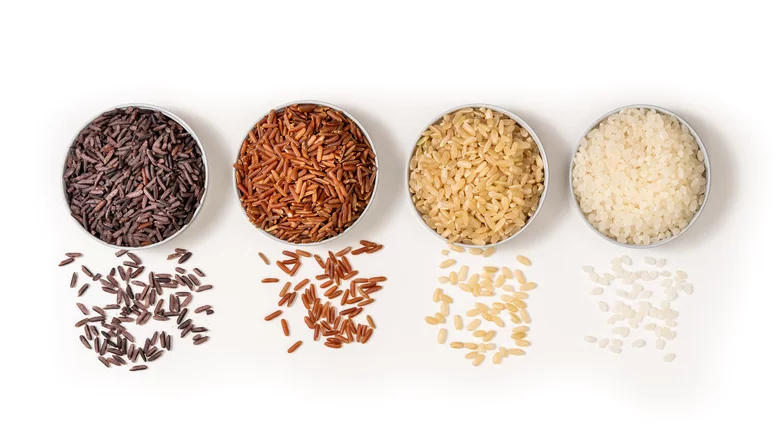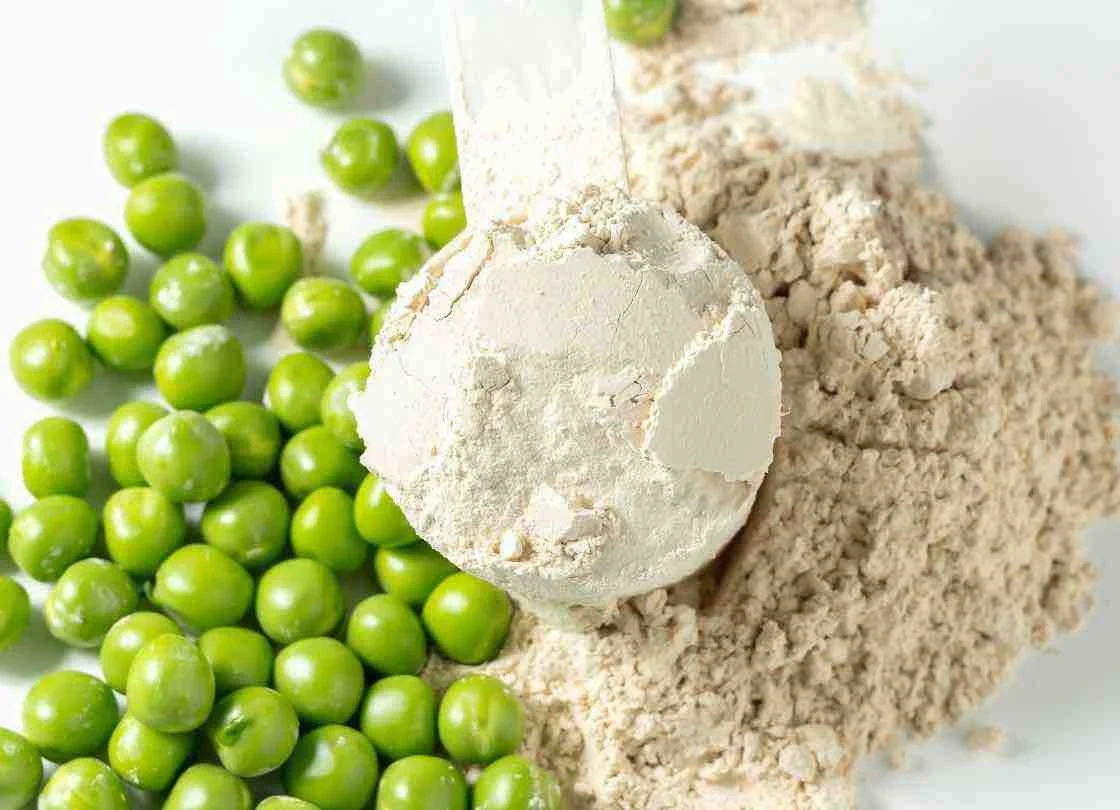What is pea protein? What is rice protein?
Pea Protein is plant-based and derived from yellow split peas. It is hypoallergenic and rich in branched chain amino acids (BCAAs). Rice Protein is another plant protein that’s free of allergens and high in essential amino acid. It can be derived from brown or white rice and is used for its mild flavor and versatility.
These two proteins are used to make powders, shakes bars and other plant-based foods.
Amino Acid Profile – Which Is A Complete Protein?
Pea Protein is a complete protein, containing all essential amino acids. However, it contains fewer methionine. Rice Protein has a similar amino acid profile but is lower in lysine. Together, they produce a complete profile that is optimally balanced.
Combining the two amino acids is the best way to achieve completeness. It’s perfect for muscle recovery, growth and energy.
Digestibility and Gut tolerance
Rice and pea proteins are both highly digestible, making them ideal for stomachs with sensitive linings. Pea protein has a high tolerance and is less likely to cause gas than soy or dairy proteins. Rice protein is also gentle on the digestive tract, making it a good choice for people with IBS and food sensitivities.
Allergens and Dietary Restriction
is hypoallergenic, and both are vegan friendly. These are perfect for:
- Lactose intolerant individuals
- Gluten-sensitive diets
- Veganism and vegetarianism
These are also great for those on a paleo diet or an elimination diet that eliminates major allergens.
Muscle Building: Pea vs Rice Protein for Performance
Pea Protein has a slightly higher BCAA content, especially leucine and isoleucine. These BCAAs are essential for the synthesis of muscle proteins.
Rice Protein is more effective when combined with other plant protein sources, but less effective alone due to the lower lysine. Both can help maintain lean muscle mass, particularly when consumed after a workout.
The Skin Benefits of Rice and Pea Protein
Both proteins have benefits that go beyond the gym. Rice Protein is rich in antioxidants and peptides which may improve skin elasticity and support the barrier. The conditioning properties of rice protein are also used in skin care formulations.
Pea Protein is rich in amino acids which support the production of collagen and regeneration of skin. This ingredient is also found in beauty products that target skin clarity and hydration.
Taste, texture, and mixability are important in recipes
Rice protein has a grainier texture, and is more neutral in taste. This makes it a good choice for baking and cooking. Pea protein is smoother and creamier, but it can also have a mild flavor.
Both blend well in smoothies, shakes, and baked goods. Rice protein is used in dry foods and creamy drinks, while pea protein is more popular for creamier beverages.
Sustainability and environmental impact
Pea protein comes from nitrogen-fixing plants that enrich soil and require less water, fertilizer, and other resources. It is one of the most sustainable sources of protein. Although rice protein requires more water during cultivation, it is also eco-friendly.
These two alternatives are superior to animal-based protein in terms of carbon footprint, land use and other factors.
What is the best way to combine pea and rice protein?
This is often recommended. Combining rice and pea protein gives a complete amino-acid profile, improves the texture and enhances the flavor. This exact combination is used in many commercial plant protein blends to provide the nutritional equivalent of meat-based proteins, without allergens and ethical concerns.
This combination is ideal for vegans and athletes who are looking for a complete, plant-based nutrition.
Which protein powder should you choose?
Choose Pea Protein Powder if you are looking to build muscle and recover . It contains more BCAA. Rice Protein powder is a great choice if you are sensitive to taste, or want the skin-supporting properties.
For best results, consider blending both. This is a complete protein that’s easy on the stomach and free of allergens.
FAQs
1. Is it possible to combine pea protein and rice?
Yes! Combining the two offers a complete profile of amino acids and an improved texture and flavour in protein products.
2. Does rice protein help with weight loss?
Yes. Yes. It is high in protein and low in fat. It also helps to increase satiety, without adding extra calories.
3. Is pea protein more iron-rich than rice?
Yes. Yes.
4. What protein is best for sensitive digestion?
Pea protein is slightly softer on the stomach and has a less gritty texture.
5. Which is more affordable or sustainable?
Due to its simpler processing and cultivation, pea protein is generally less expensive and has a smaller environmental impact.



